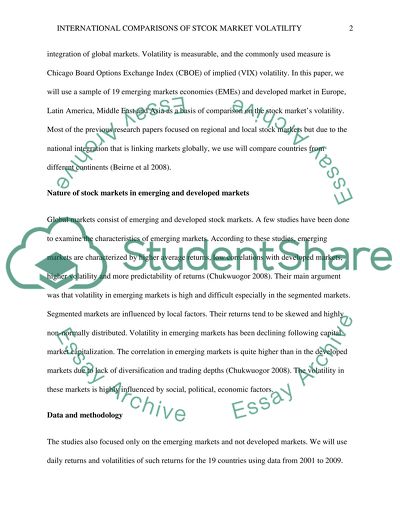Cite this document
(“International comparisons of stock market volatility Essay”, n.d.)
International comparisons of stock market volatility Essay. Retrieved from https://studentshare.org/finance-accounting/1465127-international-comparisons-of-stock-market
International comparisons of stock market volatility Essay. Retrieved from https://studentshare.org/finance-accounting/1465127-international-comparisons-of-stock-market
(International Comparisons of Stock Market Volatility Essay)
International Comparisons of Stock Market Volatility Essay. https://studentshare.org/finance-accounting/1465127-international-comparisons-of-stock-market.
International Comparisons of Stock Market Volatility Essay. https://studentshare.org/finance-accounting/1465127-international-comparisons-of-stock-market.
“International Comparisons of Stock Market Volatility Essay”, n.d. https://studentshare.org/finance-accounting/1465127-international-comparisons-of-stock-market.


